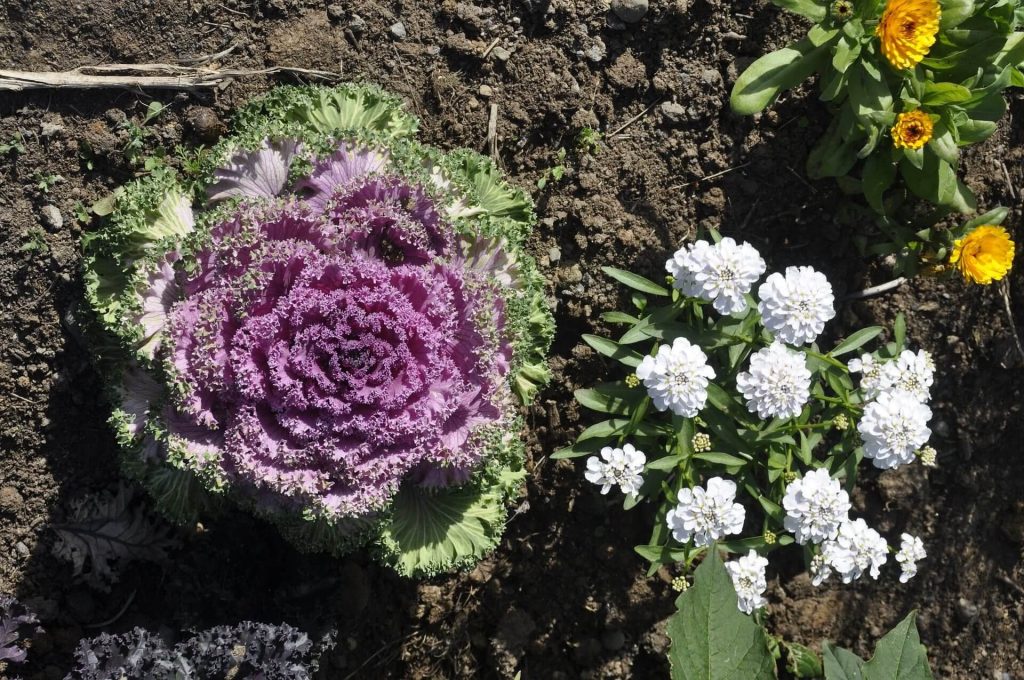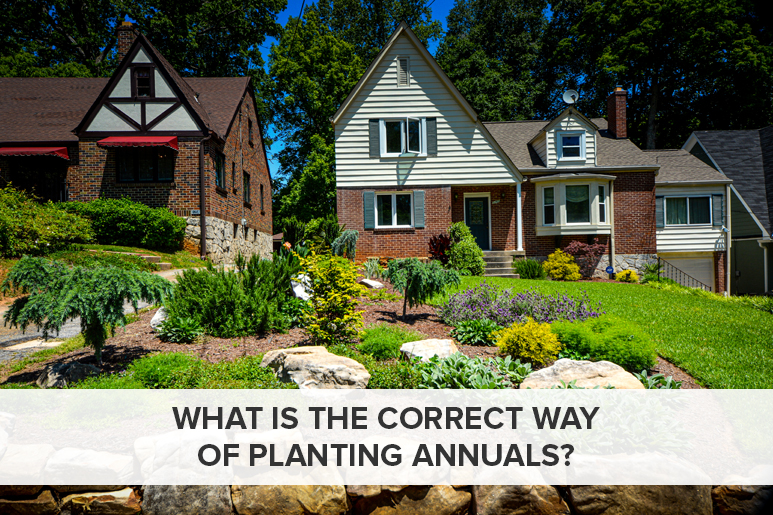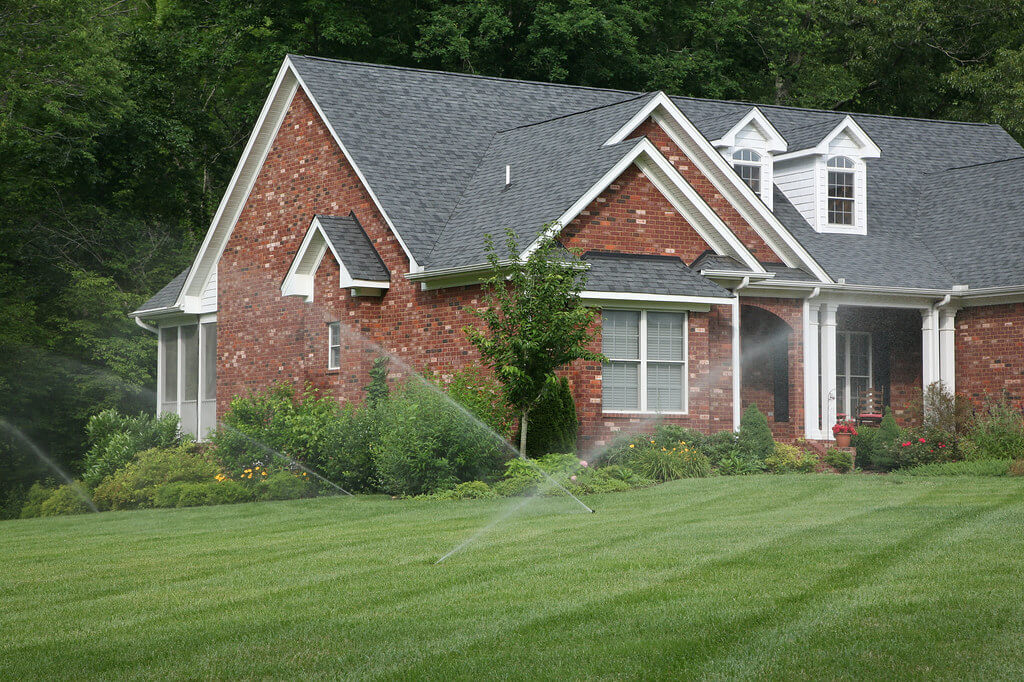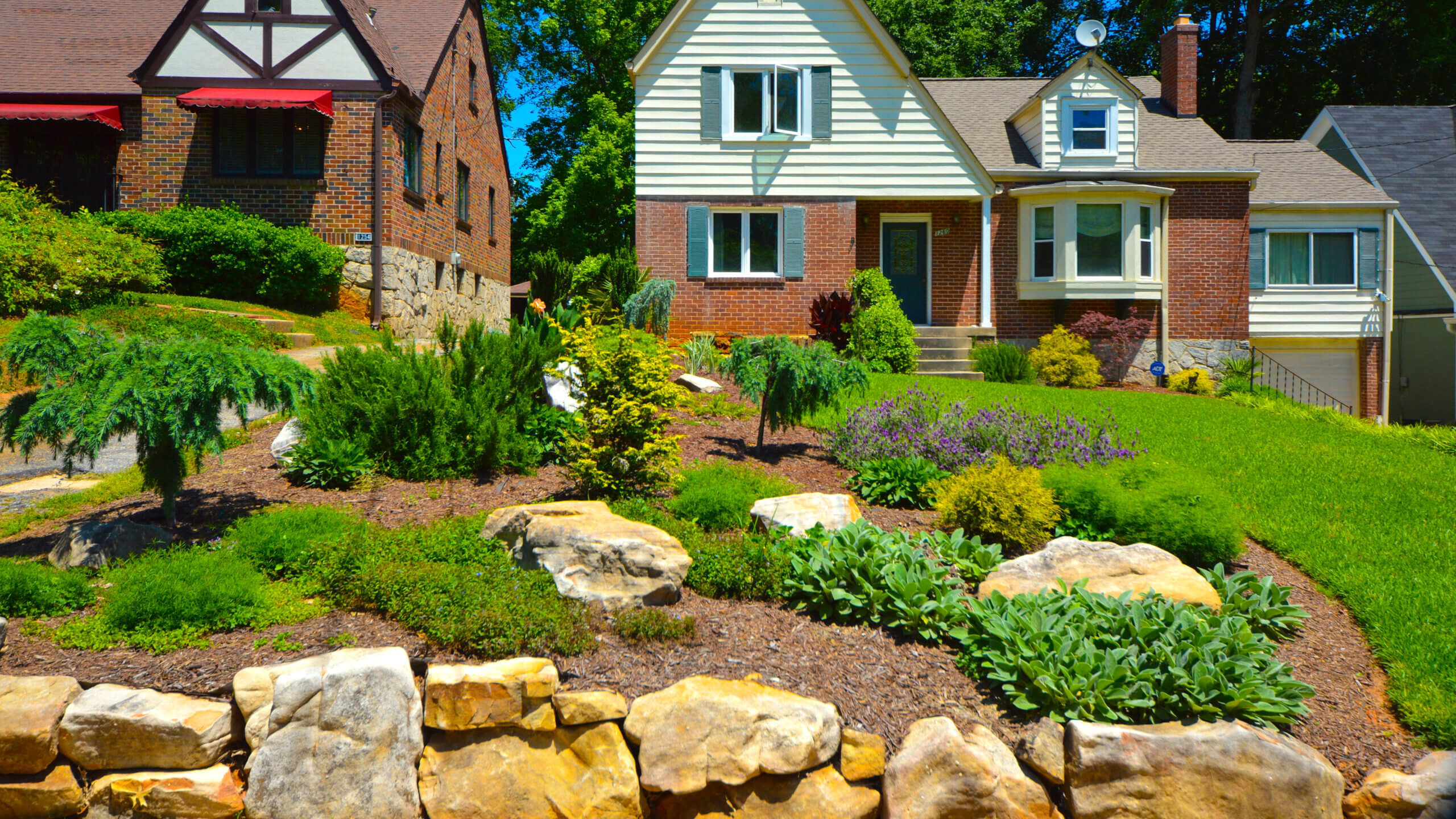When you think about gardening, do you find yourself faced with not enough space to indulge in all the aspects you love? Perhaps you feel as though you must choose between flowers or veggies. With planting season rapidly approaching, gardeners everywhere are thinking about what they will be planting and envisioning the lawn, robust with color. But if you are looking for a way to incorporate something more into your garden area, then why not mix your veggies, and herbs too, in with your flowers?
Gardening Tips for Mixing Flowers with Your Veggies
Sometimes referred to as edible landscaping, the gardening concept of planting flowers alongside herbs and veggies is as practical as it is beautiful. In fact, it has several advantages over traditional gardening:
- Adds more dimension and texture to your garden area, and creates year-round interest.
- Mixing herbs, flowers and veggies cause the various scents to mix and confuses critters (not just bugs) that are attracted to a particular smell, which means fewer garden pests. Also Read: 5 Ways to Use Landscaping to Hide Unsightly Yard Elements
- Many flowering plants serve as deterrents to pests that would damage the veggies. For example, marigolds ward off snails, lavender is avoided by ticks, deer, and mice, petunias repel bean beetles, and onions deter aphids from your roses.
- Flowers bring in helpful insects such as honey bees and butterflies which help with vegetable development.
- Mixing vegetables and herbs with your flowers often increases veggie yields as well as flower production.
So, what plants work well together, other than those mentioned? Here are some ideas to get you started.
- Arugula and onions with the roses.
- Plant corn in clusters of 4-6 short rows. Then plant morning glories, nasturtiums or other vining flowers and train them to use the corn stalks in place of poles.
- Plant cabbage and lettuce about 6 inches apart, then add petunias to bring out the colors of each plant.
- Plant annuals with cucurbit veggies, as well as watermelons, cantaloupe, and cucumbers as it will increase produce yields.
- Snap peas add height and color to any garden area, but better than ornamental vines they produce something edible!
- Get extra usage out of trellises by planting morning glories with wild cherry tomatoes or gherkins.
- Get filtered sun for veggies like cabbage and lettuce by planting sunflowers in a row behind them.
Landscape Gardening with Herbs
If you are looking for some ways to spice up your ground coverings or add interest to the floor of your flower bed, then there are several herbs you might want to use:
- Parsley for its rich greenery and tendency to spread.
- Basil – comes in many varieties and works great as an accent color.
- Thyme, mint, and oregano are perfect for any flower garden.
- To get the most of fragrance and foliage, plant pineapple sage, lavender, and bee balm.
Gardening with flowers and veggies is a fun way to add variety to your yard and make the most of whatever amount of space you have. If you have questions about how to amplify your landscape and gardens area with edible landscaping, give us a call. We would love to help you get started!


 What is the Correct Way of Planting Annuals?
What is the Correct Way of Planting Annuals? Maintaining Your New Irrigation System
Maintaining Your New Irrigation System Watering Your Landscape the First Year
Watering Your Landscape the First Year
LET'S BE SOCIAL: